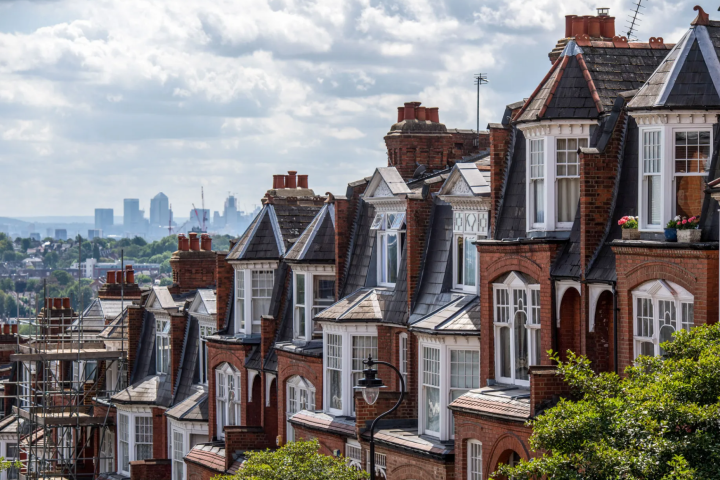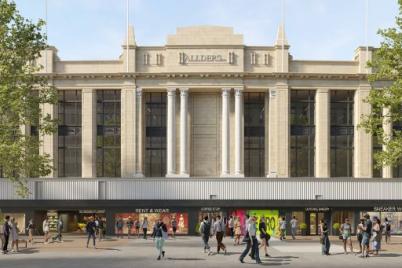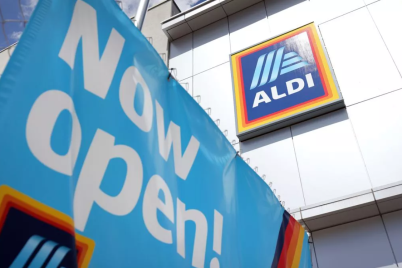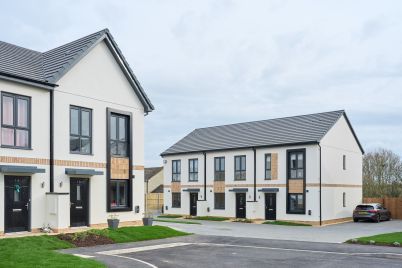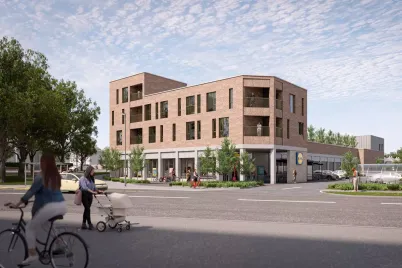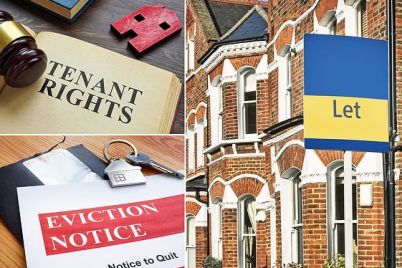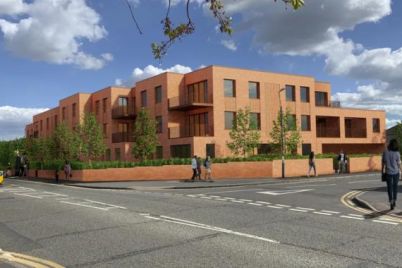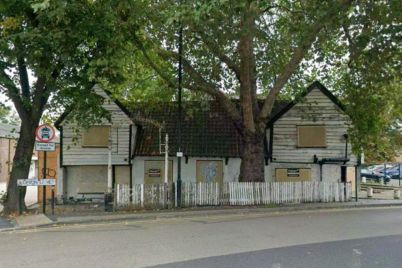Developers in London will soon be allowed to build fewer affordable homes under a joint government and City Hall plan designed to reverse the capital’s housing slump.
The move, led by Housing Secretary Steve Reed and London Mayor Sadiq Khan, aims to jumpstart stalled construction projects but has drawn fierce criticism from homelessness charities, who warn it risks worsening record levels of housing insecurity.
The package, expected to be announced within weeks, will be a temporary intervention to address what officials describe as a “housebuilding emergency.” Developers will be permitted to include as little as 20% affordable housing in new projects instead of the 35% currently required to qualify for fast-track planning approval. They will also be able to access higher government subsidies for the affordable homes they do build.
Officials say the goal is to “unblock” sites that have been left dormant as building costs rise and profit margins shrink. A spokesperson for Khan said the mayor is working closely with Reed “on a package of reforms to boost housebuilding in the capital,” describing the upcoming changes as part of efforts to “build a better, fairer, more prosperous London for all.”
Yet homelessness and housing charities have condemned the plans as a betrayal of London’s most vulnerable residents. Mairi MacRae, director of campaigns and policy at Shelter, said the proposal would let “profit-driven developers continue looking after their bottom line at the expense of 97,000 children who are growing up homeless in the capital.” She urged ministers to “urgently reverse these plans.”
The Labour government has placed housing at the centre of its economic strategy, setting a national target of 1.5 million new homes during this parliament. But the capital’s construction industry has slowed dramatically.
Figures from consultancy Molior show that the number of homes under construction in London has dropped from 60,000 between 2015 and 2020 to about 40,000 today, with forecasts suggesting it could fall to just 15,000 by 2027. In the first quarter of 2025, builders began work on only 3,248 private-sector homes, a rate of 0.12 homes per 1,000 people compared to the national average of 0.5.
Robert Colvile, director of the Centre for Policy Studies, warned that the figures spell trouble for national ambitions. “We’re now in a situation where we’re building one twentieth of the houses we need in London,” he said. “That’s going to torpedo the government’s target of 1.5 million homes.”
London’s housebuilding costs have always been among the highest in the country, with limited space forcing developers to build upwards and replace existing structures. But in recent years, rising inflation, high interest rates, and tighter post-Grenfell safety regulations have compounded the problem. The Building Safety Regulator, established to oversee new safety standards, has faced a backlog of 10,000 applications, leaving many projects stuck in limbo.
Mayor Khan and Secretary Reed are reportedly exploring three measures to address the gridlock. The first would lower the affordable housing threshold for fast-track planning approval to 20%. The second would boost government subsidy levels, potentially covering up to half of the cost of affordable units. The third would give local councils discretion to waive the community infrastructure levy, a tax used to fund roads, schools, and GP surgeries in new developments.
An official familiar with the talks said the measures would be reviewed automatically in case the economy improves before the end of Khan’s term in 2028. “This is an emergency and we need to act,” they said. “There is next to no social housing currently being built in London, and 20% of something is better than 35% of nothing.”
However, others warn that short-term fixes could have lasting consequences. Kate Henderson, chief executive of the National Housing Federation, said that while the challenges facing London are unique, “it is essential that we do not water down our affordable housing ambitions.”
A leaked memo, reported by The i, revealed that Reed and Khan are considering splitting the reduced affordable housing quota so developers pay for 10% while councils cover the other 10%. Sources close to Reed said any relaxation of developer requirements would come with “a clear expectation that they deliver more homes.” One source said, “Affordable housing is a vital part of our effort to build 1.5 million houses, and one cannot happen without the other.”
City Hall sources described the proposal as a temporary, pragmatic measure to address current economic pressures. “Sadiq will always prioritise getting as many affordable homes built as possible,” one said, pointing out that London delivered more new homes before the pandemic than at any time since the 1930s. Yet despite a pledge to build 88,000 homes a year, recent data shows only 3,950 were completed in the first half of this year.
Industry voices have cautiously welcomed the plan. Ryan Etchells, chief commercial officer at property lender Together, said it would “make some new schemes viable” but doubted it would “be a silver bullet” for the housing crisis. “In the slow housing market we’re currently experiencing, developers will only build at the rate and price at which they can sell,” he said. “Delivering fewer affordable homes will probably not see home builders cutting their overall pricing, meaning affordability will remain an issue for first-time buyers and home-movers, particularly in London.”
Etchells also pointed to broader structural problems hampering the market, including rising material costs, labour shortages, and lengthy approval delays. He argued that encouraging more investment in the private rented sector could help ease pressure on supply. “We need to encourage more buy-to-let landlords into the market by removing damaging tax and regulatory barriers,” he said, noting that 720,000 homes across England currently sit empty and could be repurposed for housing.
While the government insists that the London affordable housing plans are a necessary response to an urgent slowdown, critics argue that lowering expectations will only deepen the divide between those who can afford to buy and those struggling to find somewhere to live. For the capital’s growing number of homeless families, the balance between pragmatism and principle may yet prove to be the defining test of London’s new housing strategy.

